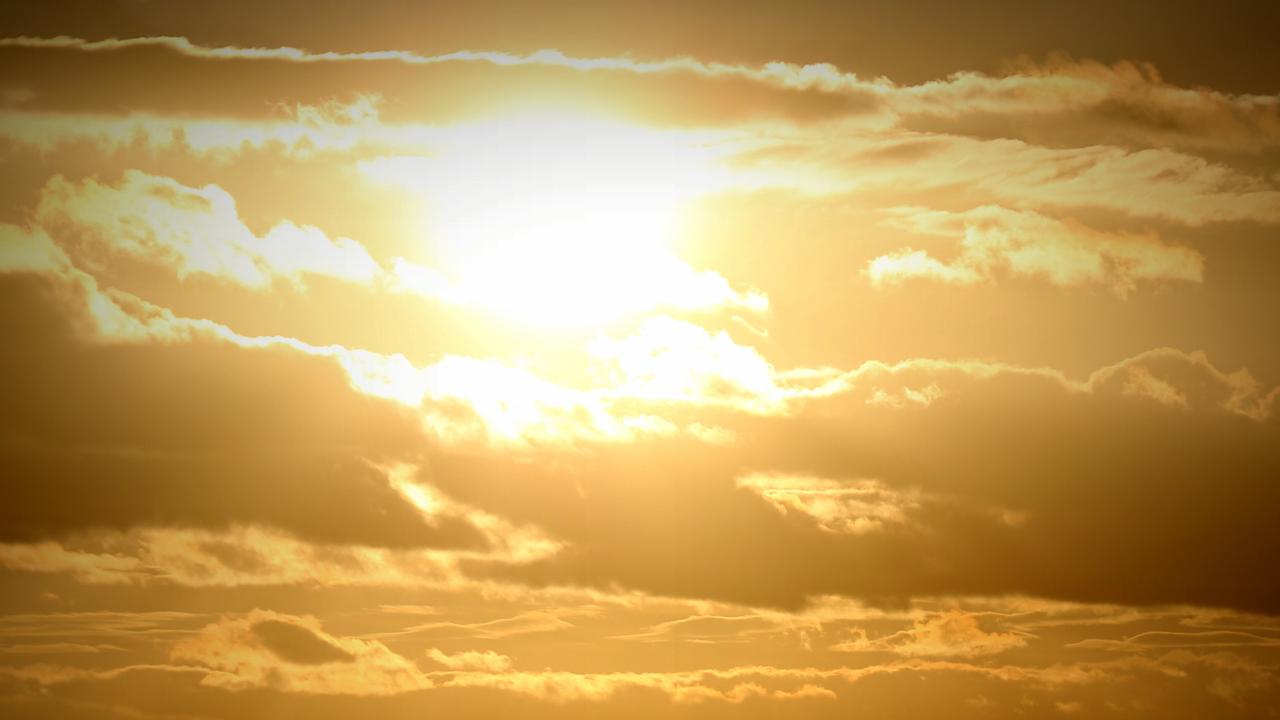Wildlife at risk as Moreton Bay's temperatures rise, explains climate scientist
Dr Christa Pudmenzky discusses how Moreton Bay's May climate is changing. Plus, resident Emma shares their experience.
Our climate continues to change as global temperatures rise.
For instance, the hottest May day in Moreton Bay is 26 degrees – one degree warmer than 50 years ago.
This may not sound like much, but small temperature shifts increase the risk of extreme weather events, putting local wildlife in danger.

It's not just the science telling us the climate is changing.
Residents across the region are noticing too, including Emma from Caboolture.

So what do these changes mean?
Extreme weather including floods, fire and drought threaten the habitat of local wildlife.
This leaves our native species vulnerable and without the food and water needed for survival.
A World Wildlife Fund report released last year identified habitat destruction, introduced pests and climate change as key factors in the dramatic decline of Australia's wildlife populations.
For example, the Black Summer bushfires impacted 60,000 koalas through death or injury from smoke inhalation, heat stress, dehydration, habitat loss and diminished food supply.
Want more information on how your climate is changing? Check out the last article in this series.
Dr Christa Pudmenzky is a climate scientist at the University of Southern Queensland.
This column is part of a collaboration between Monash University and News Corp to deliver hyperlocal weather and climate information.

